The content of the article
Natural fluff products are very warm and comfortable. In addition, most downy shawls are real works of art. Openwork, lightweight and at the same time warming down shawls are a favorite item of any woman’s wardrobe. In a modern fashion, a down scarf takes its rightful place - this season it is fashionable to wear small knitted scarfs from down on the neck. But happiness does not last long. The shawl is dirty and needs to be washed from time to time. And here a washing machine can not do.
So, how to wash a down scarf so that it does not lose its shape, color and softness?
Preparatory stage
Some craftswomen dry the shawl after washing as follows. They simply put on the cloves of the edge of the scarf to stretch it during drying. However, this is not entirely convenient. Firstly, the thin threads of the scarf can be damaged by nails. And secondly, scarves come in different sizes, is it possible to redo the frame every time?
We will offer you a more convenient option. Take a thick nylon thread. Tie its end to a pin. Using a pin, thread the thread through each clove of the scarf. One end of the thread needs to be pulled a little, and the second left on the skein - its length will still be useful to us.
After that, straighten the shawl and carefully comb its fluff, being careful not to touch the canvas. This is best done with a massage comb.
Wash
Wash the down scarf carefully. Please note that there should be no burrs in the wash basin that the handkerchief may catch on. Use soap or shampoo for washing. Usually down products are washed in warm water so that they do not become crowded.
If your handkerchief is stretched and becomes huge, you can reduce it with hot water. Dip it for several seconds in hot water, but not in boiling water. Then wash the handkerchief as usual. If the product is white, bleach can be used. It will help eliminate the yellow tint and give the scarf a white color.
If blood got on the scarf, it can be deduced as follows. Dilute several tablets of aspirin in water and pour a stain with this composition. It will quickly dissolve.
After washing, rinse the handkerchief in vinegar. To do this, add a couple of tablespoons of vinegar to warm water. This is done in order to give softness to the downy product.
Gently and delicately squeeze the scarf without twisting or warping it.
Drying
After washing, straighten the knitted product and begin to put it on the frame. The frame should be in a horizontal position. In each gap between the cloves of the scarf you have a thread. It needs to be thrown on carnations. So, step by step, you need to stretch a down scarf along the frame. When all the teeth are hooked, and the scarf will resemble a trampoline, stretched in all directions, you need to give the scarf elasticity. That is, it must be well stretched so that after drying the product was elastic and fresh, like new.To do this, pull each clove closer to the frame. You can adjust the tension by winding the thread on the carnations. Make sure that all the tips of the cloves are at the same level, because after drying the handkerchief will look exactly as you leave it on the frame.
After that, carefully comb the downy shawl while still wet. In general, the craftswomen comb a handkerchief with a special “chechesky” one. It is an ordinary brush with metal bristles. Please note that there should be no burrs or hooks on the brush. In the stretched position, the scarf is easy to tear, in addition, it quickly and irrevocably spreads. You can comb a handkerchief with an ordinary household brush or comb. Comb the product on the frame as if you want to fetch fluff from its structure. This will make the scarf even more fluffy and soft.
If you don’t have a frame, but still want to wash the scarf, after washing it needs to be laid out on a cloth, for example, on a sheet. Carefully lay out the handkerchief so that it does not have creases or bends. Every half hour, you need to change the sheet to dry and shake the handkerchief. But such drying affects the appearance of a down scarf very badly - it loses its fluffiness and elasticity. Perhaps it is easier to give a handkerchief for washing to a craftswoman who has such a frame?
Final stage
To keep the down scarf in its original form, you need to wash it as little as possible. Therefore, it must be treated with care - not to throw it anywhere, properly stored. To save a down scarf until next winter, you need to roll it up and put it in a fabric bag. Next to the scarf you need to place a moth chalk or just a sprig of mint. The moth is afraid of pungent odors and will not touch the handkerchief.
A down scarf is a real handmade work that needs to be appreciated and worn with pleasure. Proper washing of the scarf will help you maintain its appearance and enjoy the warm knitted thing for many years to come.
Video: washing and blocking a rectangular shawl on a wire

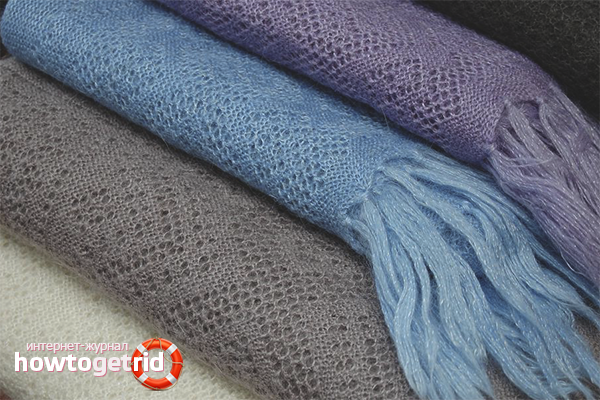
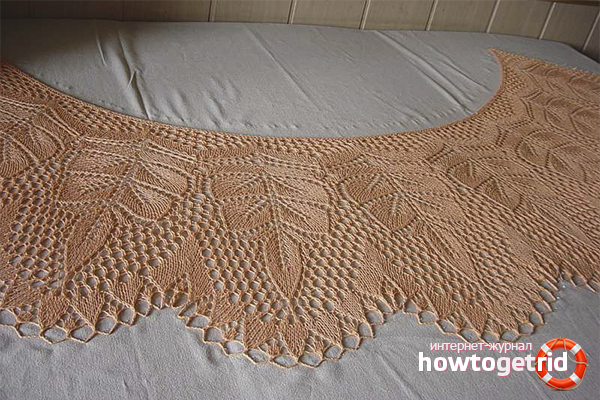

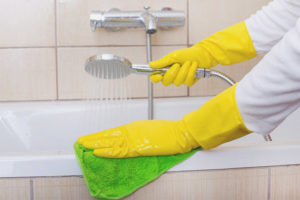
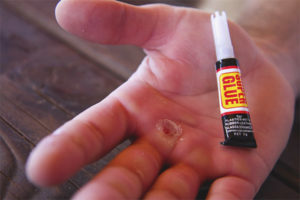
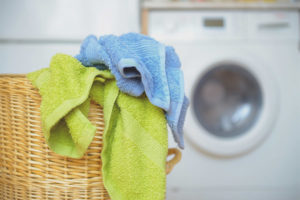
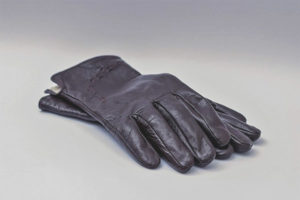


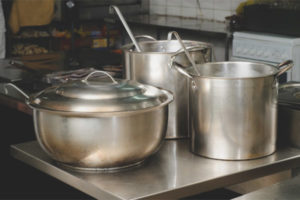
Submit